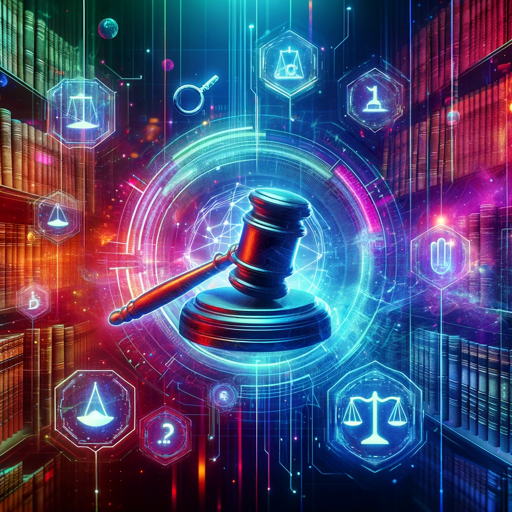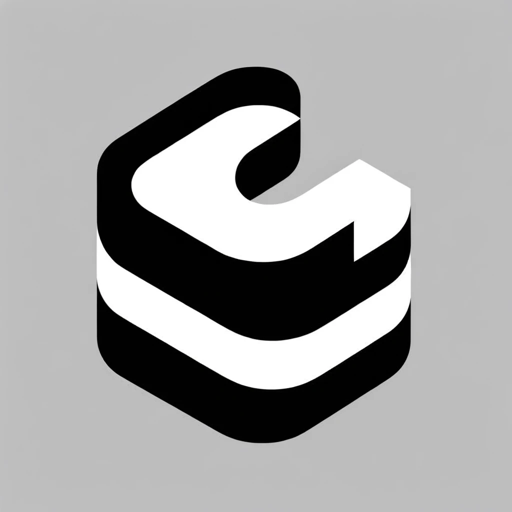Business Card Scanner-AI-powered business card scanner
Effortlessly transform business cards into contacts with AI.
How does it work?
How to upload business card image?
How to import vCard files to contact management system?
What is the goal?
Related Tools
Load More
Business Card Creator
Create your perfect business card using this innovative GPT, designed to help you craft unique and professional designs that reflect your personal brand.

Picture to Text Reader
Reads and pastes text from images.
Picture Reader

Document Reader
The document reader allows you to read a long legal document and make a squeeze on it

Business Card Wizard
A creative assistant for conceptualizing business card designs.

Asesor de vCards
Experto en creación de vCards, sin logos.
20.0 / 5 (200 votes)
Introduction to Business Card Scanner
The Business Card Scanner is designed to streamline the process of converting physical business cards into digital contacts. Its primary function is to extract key information from images of business cards, such as names, phone numbers, email addresses, and job titles, then organize this data into a structured digital format. This process is essential for those who frequently network or handle many physical cards, reducing manual entry and making it easier to store and share contact information. The final output is typically a vCard file, a universal format for contact data that can be easily imported into platforms like Google Contacts or Microsoft Outlook. For example, imagine a salesperson attending a conference where they gather numerous business cards. Instead of manually typing each contact into a digital address book, they can photograph the cards, let the scanner extract the details, and generate a file to quickly import into their CRM system or phone contacts. This tool eliminates manual errors and saves time, especially for professionals managing a large number of contacts.

Main Functions of Business Card Scanner
Image-Based Data Extraction
Example
Extracting contact details like name, phone number, email address, and company name from a business card image.
Scenario
After attending a business networking event, a user takes a photo of each business card they receive. The scanner processes each image and identifies the key pieces of contact information. This data is then prepared for direct import into digital contact lists.
vCard File Generation
Example
Generating a .vcf file that contains all the extracted contact information, which can then be imported into Google Contacts or other platforms.
Scenario
A user uploads multiple images of business cards, and after processing, the scanner compiles all the data into a single vCard file. This file is then uploaded to Google Contacts, where all the new contacts are automatically added without further manual input.
Multi-Language Support and OCR
Example
Reading business cards in different languages, including Chinese and English, and extracting the correct information for various contact fields.
Scenario
A business executive dealing with international clients receives cards in both English and Chinese. The scanner can read the cards in both languages, ensuring that important details like names and addresses are accurately captured in the vCard.
Ideal Users of Business Card Scanner
Sales Professionals
Salespeople often meet with many potential clients and exchange business cards. The scanner allows them to quickly convert physical cards into a digital format, saving time and ensuring that all contact details are preserved. Sales teams can then upload these contacts to their CRM system, streamlining their follow-up processes.
Entrepreneurs and Small Business Owners
Entrepreneurs and small business owners frequently network to build relationships and find new opportunities. By using the Business Card Scanner, they can efficiently manage and categorize contacts, helping them stay organized and ready to follow up with new leads, partners, or investors. The digital contact list can also be shared easily with their team.

Detailed Guidelines for Using Business Card Scanner
Step 1
Visit aichatonline.org for a free trial without login, also no need for ChatGPT Plus.
Step 2
Take a clear, high-resolution photo of the business card using your camera or choose an existing image from your gallery. Ensure that the entire card is visible and well-lit for accurate scanning.
Step 3
Upload the image to the Business Card Scanner. The tool will automatically scan the card for information such as name, job title, company, phone number, email, and address.
Step 4
Review the extracted information on the screen. You can edit or correct any errors before saving the details. This ensures accuracy when the contact is saved or exported.
Step 5
Generate a vCard file from the scanned details to easily import contacts into Google Contacts or other contact management systems. Alternatively, upload additional cards and repeat the process.
Try other advanced and practical GPTs
Talk to your SpreadSheet / CSV
AI-Powered Spreadsheet and CSV Assistant

賢い買い物 - ベストプライス 🛒 (アマゾン, 楽天, ラクテン, ヨドバシ, 価格, かかく)
AI-powered shopping assistant for best prices

Potential Points | Description Generator
Effortlessly create detailed product descriptions with AI.

Because Strategist
AI-powered solutions for cause-driven brands.

Intelligent Design Stencil Creator
AI-powered tool for stencil creation

Tech Troubleshooter
AI-powered tech support at your fingertips.

Omniscient Techie
AI-Powered Insights for Computer Science

Birth Buddy
AI-powered support for pregnancy and motherhood.

Handwriting to text OCR
AI-powered handwriting to text conversion.

Image to Excel
AI-powered image to Excel converter.

Screenplay to Image GPT
Turn your screenplay into visuals with AI

Image To Website
Convert Wireframes to Code with AI.

- Networking
- Event Management
- CRM Integration
- Sales Leads
- Contact Organization
Top 5 Q&A about Business Card Scanner
How accurate is the information extraction from business cards?
The Business Card Scanner uses advanced AI-powered OCR technology to extract text from business cards with high accuracy. However, results can vary depending on the card’s design, font clarity, and image quality. Users can manually correct any details if necessary.
Can I scan multiple business cards in one go?
Currently, the scanner processes one business card per image upload. You can scan multiple cards individually and then generate a combined vCard file for bulk import into your contact manager.
What types of contact details can be extracted?
The tool can extract names, job titles, company names, phone numbers, email addresses, physical addresses, and websites. Any other information, such as social media handles or custom notes, can be added manually in the ‘Additional Notes’ section of the vCard.
How do I import the generated vCard file into Google Contacts?
After generating a vCard, you can upload the .vcf file to Google Contacts by selecting ‘Import’ from the Google Contacts menu. Choose the vCard file, and all the contact details will be added to your account.
Can the Business Card Scanner read cards in different languages?
Yes, the scanner can process business cards in multiple languages as long as the text is clear. However, the accuracy may vary depending on the complexity of the characters and the language.